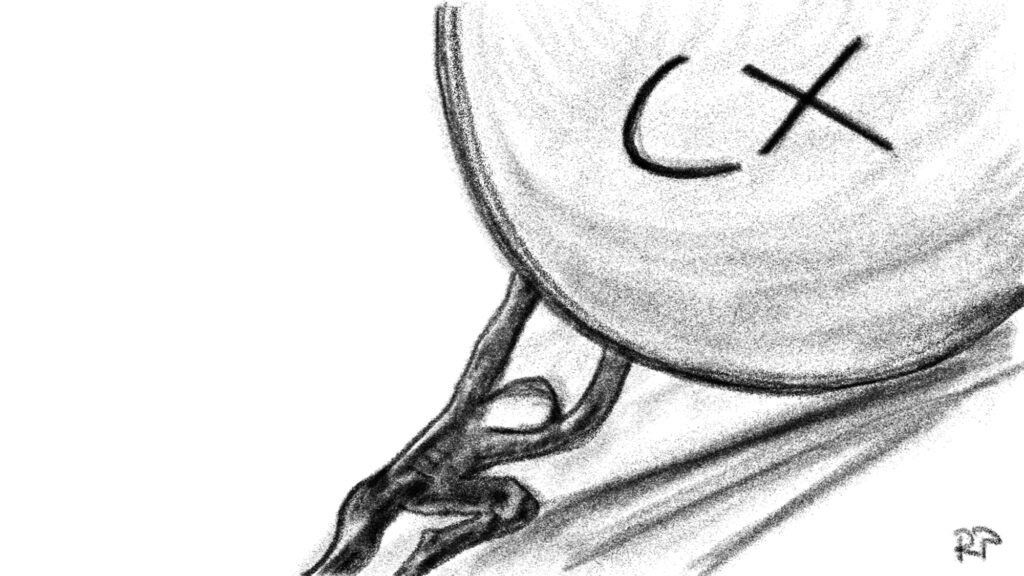CX Pros, Add Rigor To How You Prioritize And Drive Business Results
Firms Are Failing To Differentiate With CX
Today, customer expectations are outpacing brands’ ability to adapt and differentiate with customer experience (CX). Take Australia, for example. Forrester’s Customer Experience Index (CX Index™) data shows how CX quality in Australia languished, and yet again, no brand managed to make it into the excellent category. On average, scores are stagnant, with 80% of the brands clustered in the middle delivering mediocre experiences. Does this mean that brands are not investing in CX? Far from it. In fact, improving CX is the top business priority for purchase influencers at Australian organizations (along with growing revenues).*
What gives?
Don’t Fall Victim To Haphazard Approaches To Prioritization
I believe the crux of the matter is how we make decisions. Just like our personal lives, our professional lives are filled with choices. Do you head to work early in the morning, or do you help your children get ready and out the door for school? Do you invest in a chatbot for your mobile app or in an integrated customer relationship management and knowledge base for your customer service agents? There are lots of things you could be doing. But they are not as important as the thing you should do. It is critical to consistently do what is important first. This is effective prioritization.
In my experience, prioritizing decisions is one of the most difficult skills to master for any CX professional because of how complex those decisions can become, involving different teams and stakeholders across the organization. Think of the challenge of delivering a consistent brand experience across customer journeys and touchpoints, for example. Organizations won’t manage to do that by having teams working in silos. Instead, CX pros must closely work with key stakeholders across the organization in order to identify the right initiatives and allocate resources based on what matters most to both customers and the business.
Where to start? Set a clear CX vision and strategy to guide the activities and investments of your organization, then assess the relative importance of initiatives across the three core categories of customer impact (desirability), business/mission impact (viability), and resources impact (feasibility).
Understand Which Elements Of CX Matter The Most
CX pros who want to avoid guessing which initiatives will have the greatest impact on the quality of customer experience can use Forrester’s CX Index to:
- Determine which drivers to focus on first. Start by using the CX Index to conduct a detailed analysis of which specific drivers most affect CX quality, then decide which of these drivers require attention most urgently by creating a graph that plots the importance of each driver versus the department’s performance on that driver. The drivers that show the greatest importance and the weakest performance are the ones to tackle first. Focusing on key drivers also prevents departments from spreading their resources too thin to move the needle on any driver.
- Insist that every CX proposal explains how the project addresses the top drivers. This will force stakeholders to ground their approach in actual data, consider their ideas from customers’ perspectives, and reformulate their plans to ensure that they address customers’ real needs. As a result, decision makers will receive high-quality proposals that rally around key themes instead of scattershot submissions based on unfounded hypotheses, internal mandates, or wishful thinking.
- Fund only those CX initiatives that will boost performance on these drivers. Evaluate each proposal on three factors: 1) how many of the most urgent drivers it addresses; 2) how clearly it demonstrates its ability to improve performance on them; and 3) how much the project will cost. Proposals that show most convincingly how they will address the greatest number of key drivers for the lowest cost deserve to receive scarce CX funding first. If you need help in running the numbers for your company, read “Hardwire Customer Experience To Financial Performance.”
Join me and Zhi-Ying Barry at CX Sydney 2019 on May 9 to find out how you can build a winning business case for CX transformation and avoid turning into a modern-day Sisyphus.
The gods had condemned Sisyphus to ceaselessly rolling a rock to the top of a mountain, whence the stone would fall back of its own weight. They had thought with some reason that there is no more dreadful punishment than futile and hopeless labor.
—Albert Camus, The Myth of Sisyphus

*Source: Forrester Analytics Global Business Technographics® Priorities And Journey Survey, 2019. Base: 1,436 purchase influencers in Australia.
